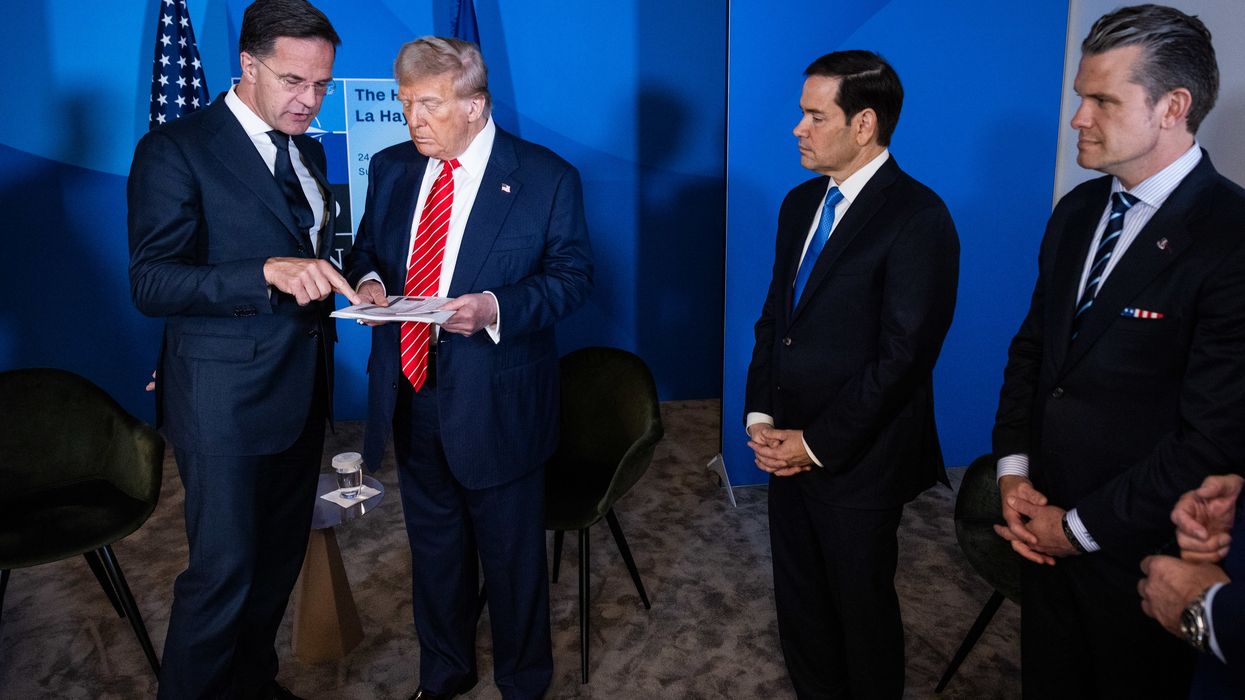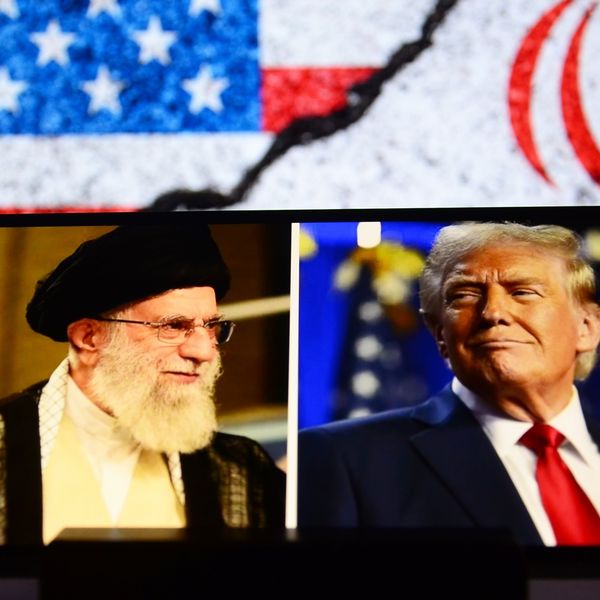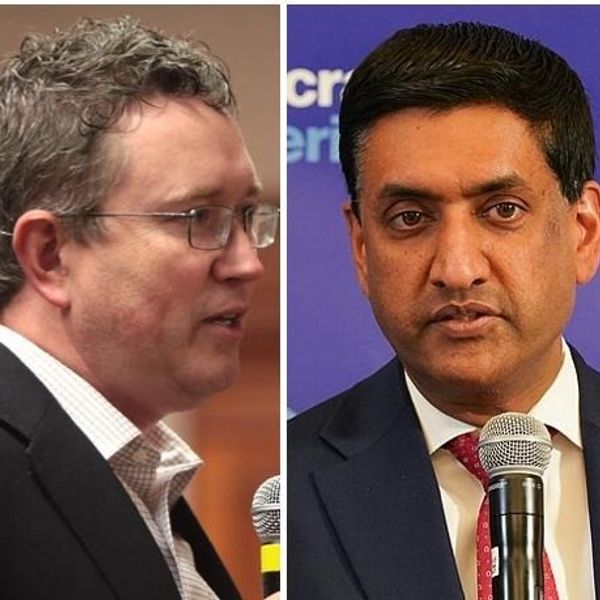“I will do such things – what they are, yet I know not, but they shall be the terrors of the earth!”
(King Lear, Act II, scene 2)
Europeans must hope that the name of NATO’s massive “Steadfast Defender” exercise — a practice for the rapid reinforcement of Europe by U.S. troops in the event of war with Russia — was better chosen than that of NATO’s “Resolute Support” mission to support the Afghan armed forces, or the American and European “Unified Protector” operation to help the people of Libya, or President Bush’s “Enduring Freedom” plan for the Middle East.
These bombastic ideological phrases have always seemed to me to mask a deep underlying lack of confidence — something all too often fully justified by the results. Far better to stick with neutral but evocative names like “Overlord” and “Neptune” for the D-Day landings. Better still a name like “Bold Alligator” (for a series of amphibious exercises on the East coast of the United States) which at least gives everyone a good laugh.
If NATO wishes to go to the zoo again for the names of future operations, while at the same time choosing one that reflects the true inner spirit of the alliance, I would like to suggest “Operation Fretful Porpentine” (“And each particular hair to stand on end, like quills upon the fretful porpentine”, Hamlet Act I, Scene 5). Because of course the European NATO members are not truly confident that the United States would in fact be steadfast in their defense in the event of war, have no confidence at all in their own capacity to defend themselves, and yet are utterly unwilling to make the effort necessary to strengthen that capacity.
By way of keeping a family relationship among the names, one particular part of the present operation could also be called “Operation Delusional Hedgehog.” This is the part which involves NATO forces deploying to the Black Sea to fight against Russia in Ukraine. In this case, “Operation Mendacious Hedgehog” might be even more appropriate, because we have known for a fact since Georgia in 2008 and Ukraine in 2014 that NATO will not fight to defend either of these countries. Moreover, this NATO “plan” appears to have forgotten that to get warships to the Black Sea you have to pass through the Bosphorus, which is part of Turkey — not perhaps the most reliable of NATO allies these days, above all when it comes to conflict with Russia?
Should God forbid there be another war in Ukraine (perhaps caused by the Ukrainians making the Georgian mistake of 2008 and actually believing Washington’s half-promises of support), then the name for NATO’s strategy in this case would come straight from A Winter’s Tale: “Operation Exit Pursued By A Bear.” As for the Ukrainians, the name for their effort to gain NATO military support against Russia should all too obviously be called “Operation Love’s Labour’s Lost.”
My reference to porcupines and hedgehogs is however not merely a humorous conceit, nor entirely critical of NATO. For if on the one hand only a very silly hedgehog deliberately sets out from home to fight a bear, it is equally true that only a very silly bear deliberately tries to eat a hedgehog. For the hedgehog is well equipped for self defense; and the amount of meat on a hedgehog does not remotely justify the pain involved in trying to digest one.
In other words, NATO within its own borders is actually very secure. Nothing in Russian actions over the past generation suggests that Russia would attack a NATO member. What gains could this possibly bring that would justify the colossal risks and economic losses involved for Russia, quite apart from the likelihood of a long-running guerrilla war in any occupied territory? Putin is ruthless, but he is also entirely rational and cold-blooded. He has never run that kind of risk, and there is nothing to indicate that he ever will.
Ukraine and Belarus are a different matter. Russia is there already and has been for many hundreds of years; and the Russian presence in these countries is regarded by the entire Russian establishment (not just “Putin”) as a vital Russian interest which Russia must if necessary fight to defend. Viewed from Moscow, Russia’s actions in Ukraine and Belarus are defensive. No-one in Moscow thinks that about an attack on Poland or the Baltic States.
So the NATO porcupine really does not need to be so fretful, as long as it stays peacefully in its own patch of grass, and rattles its quills from time to time — rattles them steadfastly, if you will — to remind people that it is still there. All the rest of NATO’s propaganda and operations are much ado about nothing.














